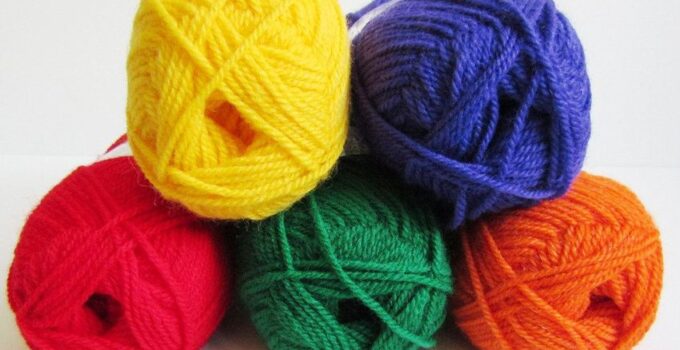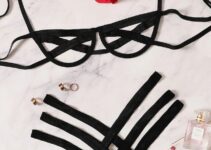Depending on the season, your sensitivity and your tastes, the material has a decisive effect on the appearance and functionality of your sweater.
For those with sensitive skin, it is better to focus on softer materials such as cashmere or virgin wool for example. Here is the list of preferred materials for sweaters.
Page Contents
1. Cotton
For spring sweaters, cotton is comfortable to wear because it absorbs excess heat. This material allows for beautiful patterns and original designs. It is the best option for those who rather a fresh and young look in their outfit. Click here to check cool designs for cotton sweaters for next season!
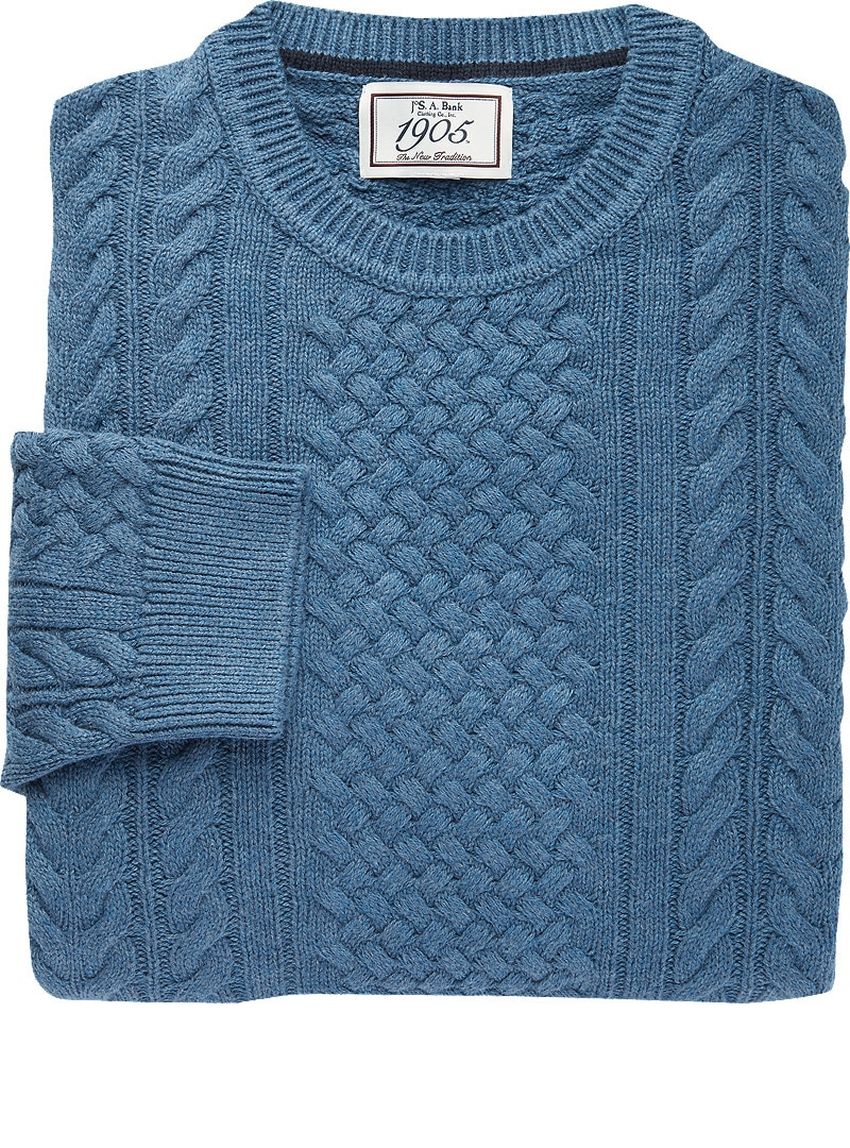
source:josbank.com
2. Alpaca
Alpaca is a fiber that is both softer and lighter than classic sheep’s wool while being stronger than cashmere. It is warm and provides exceptional insulation.
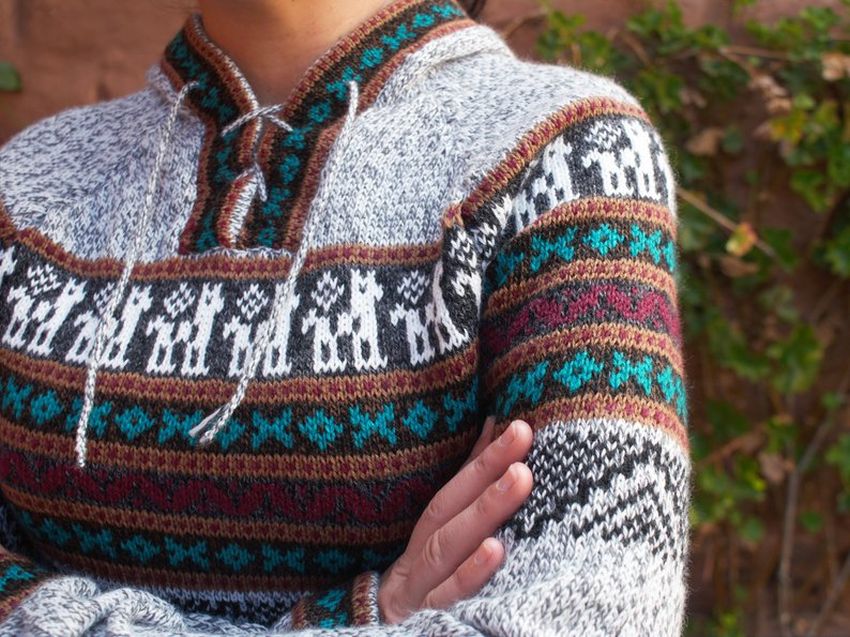
source:mensjournal.com
3. Mohair
The mohair comes from the Angora sheep, known for its silky touch and brilliant shine. It insulates perfectly while being durable, durable, breathable and lightweight. The mohair does not stuff, the material is much lustrous, with a good fall.
4. Angora
It is soft, light and warm (2.5 times more than sheep wool), but it is very expensive and usually mixed with other fibers for strength.
5. Cashmere
It is light, warm but fragile. In mixtures, this material often brings softness to the touch. Be careful though, a sweater in a fine cashmere will not necessarily be hotter than in heavier wool!

source:refinery29.com
6. Camel
Camel hair is durable, lightweight and warm, and has a lustrous touch. It is usually left in its natural color (light brown, slightly golden): Camel.
7. Wool
The wool is water repellent: the outside of the fiber is water resistant, unlike human hair or animal fur. The wool fibers can absorb 30% of their weight in moisture without inflating. The outer layer protects from moisture, rain and snow. The wool also has the merit of evacuating perspiration from the body. It is also the best material for making sewing threads. if you are in favor of different colors you can check many varieties on bestadvisor.com.
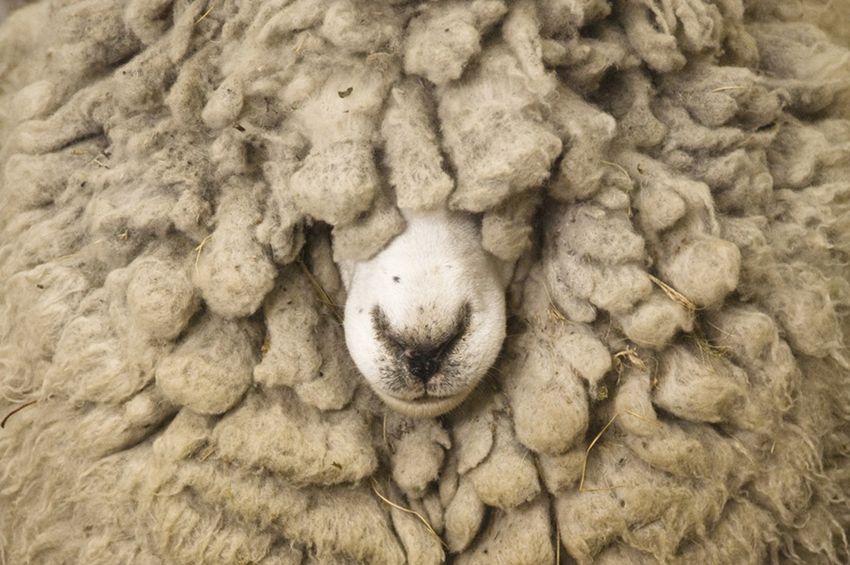
source:discovermagazine.com
Unlike cotton, which also absorbs heat (and stays moist), wool allows true evacuation. The texture of the wool is far from being smooth or perfectly straight: it is rather frizzy. This helps to retain the heat as if it were stuck between several tufts of hair. It comes from different animals here:
● Shetland wool:
Fine and lustrous wool, warm and light. Often in natural colors. Used for the most upscale sweaters and coats: perfect for mottled effects and patterns.
● Merino wool
It comes from merino sheep, takes light well and is soft and breathable. It is one of the best heat/weight ratios, in addition to being elastic and resistant. It has the merit of not having the crude and rough character of the classic wool thanks to the fineness of its fibers. Most merino sheep come from Australia and New Zealand.
● Lamb Wool
This is the best type of wool, which comes from the first mowing of the lamb (when it is about 7 months old). It is soft and silky and can be worn on the skin. It is therefore much more used for sweaters than for coats.
● Geelong wool
Geelong lambswool is the most qualitative merino wool in terms of both length and softness. The sheep whose wool is shorn has been rigorously bred over the years to make sure that their lamb has the best wool in the world. If these farms produce a lot of raw wool, a tiny amount of material is retained to receive this name, one of the most luxurious in terms of natural fibers.
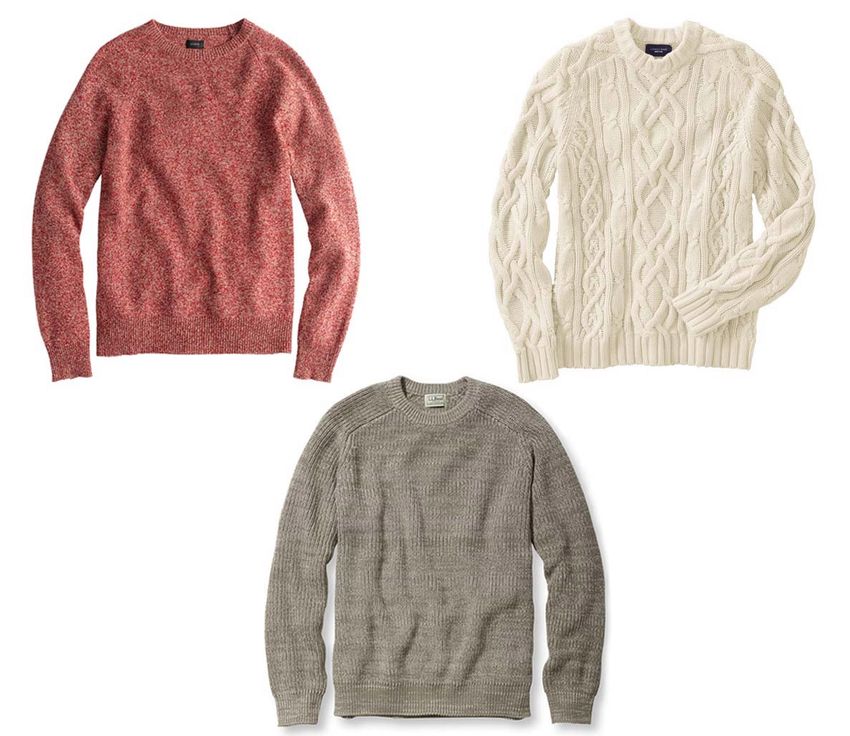
source:josbank.com
● Treatments of wool
Once the coat is shorn, the wool can be treated to make it softer or impermeable, or on the contrary, can be intentionally left in this state. When it comes to luxury wool or premium, treatments are avoided because they are not needed. The material is naturally very soft.
On the other hand, for big brands, materials are often treated in order to be softer.
● Melton wool
This wool is thick, with a smooth outer surface. The treatment of this wool completely protects the weaving, and thus makes the material ultra resistant. The melton wool is therefore durable, waterproof and windproof: the heaviest are used for outer coats, and sometimes for trousers; the lighter ones are used for sweaters and socks.
● New Wool
It comes from the first mowing of a lamb and it is the softest wool and the finest possible. This name can also refer to untreated wool, which can then come from an adult. Generally, it is rather the first case, because the older the animal, the less the wool is soft.
● Boiled wool
Sheep wool undergoes a special wash that makes it dense, durable and waterproof, with a texture comparable to thick felt. The boiled wool has the flexibility of knitting but keeps its shape as well as normal woven wool.
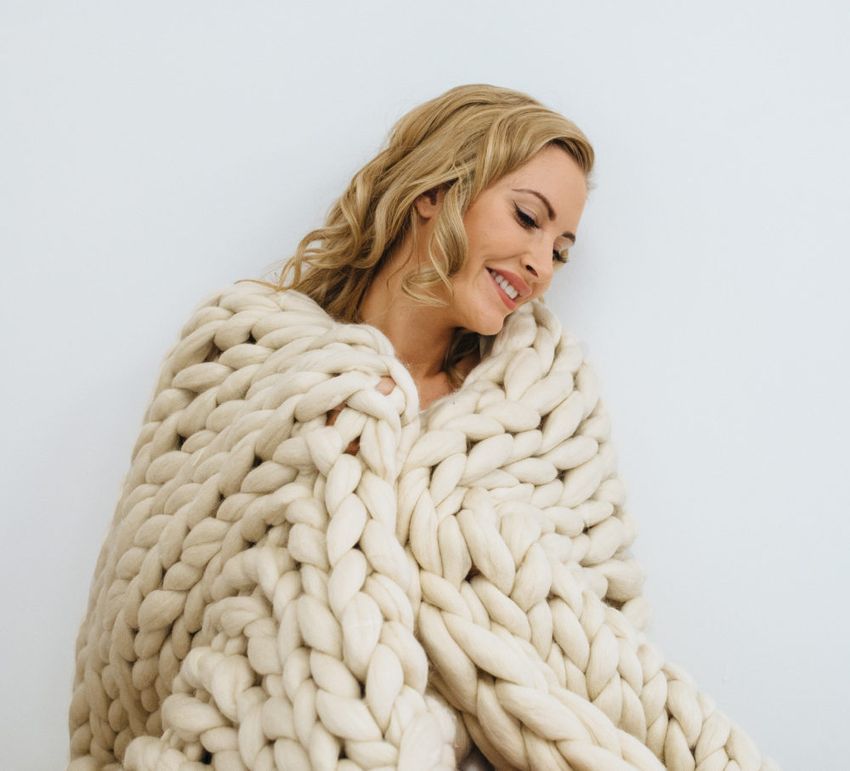
source:discovermagazine.com

